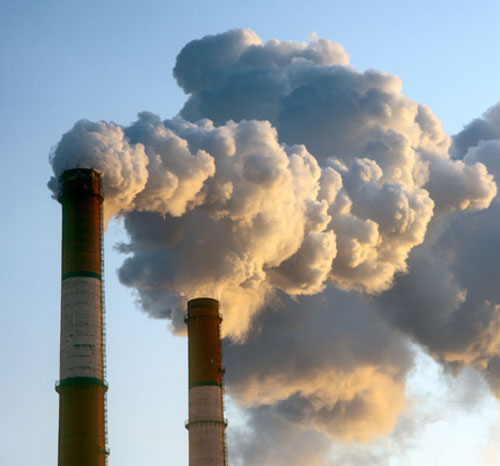The states sued in a Washington-based federal court challenging the initiative, which seeks to reduce carbon output from hundreds of power plants across the nation. U.S. congressional Republicans also say they will introduce measures next week seeking to block the rules.
The moves will put pressure on the administration from the two other branches of government and, if successful on either front, could cast uncertainty over the rules into the next presidential administration.
The legal challengers are expected to contest the Environmental Protection Agency's authority on a range of grounds, some of them little explored by the courts. Industry associations and companies also are expected to file separate cases as soon as Friday.
West Virginia Attorney General Patrick Morrisey, one of the leaders of the states' lawsuit, said the EPA rule was illegal and "one of the most aggressive executive-branch power grabs we've seen in a long time."
Mr. Morrisey said the state challengers later on Friday would ask the court to block the EPA rules temporarily while they mount their case, an early legal battle that could provide clues about which side will have the upper hand in the litigation.
Senate Majority Leader Mitch McConnell (R., Ky.), meanwhile, said Friday that he will lead a mostly Republican-backed effort to invoke a rarely used legislative tool that enables lawmakers to nullify recently completed rules with a simple majority vote of both the House and Senate.
The EPA published the rule in the Federal Register on Friday, a necessary bureaucratic move that clears the way for opponents to mount challenges.
In the works since 2013 and issued in early August, the regulations require a 32% cut in power-plant carbon emissions by 2030 based on emissions levels of 2005.
Coal-fired electricity produced about 34% of the U.S.'s electricity in July and a much larger share in some Midwestern and Appalachian states. The coal industry is expected to be hit the hardest because coal emits the most carbon emissions of any power source. Many of the states and politicians leading the legal and political challenges, including West Virginia and Kentucky, depend heavily on coal for their economies and electricity.
The EPA is relying upon a seldom-used section of the Clean Air Act called 111(d) as its authority for the rules, which leaves an opening for legal scrutiny. Challengers are expected to focus on whether the agency exceeded its powers by pushing utilities to shift to cleaner forms of energy instead of just focusing on pollution controls at fossil-fuel-fired power plants.
Senior EPA officials say they are confident the rules are legally sound.
"We feel strongly given our authority and the legal precedent under the Clean Air Act that our application of 111(d) conforms with those authorities and that legal precedent," said Janet McCabe, assistant air administrator at the EPA, on a conference call with reporters Thursday to discuss the rule's publication into the Federal Register and the expected lawsuits.













 What is expected to be a yearslong legal and political battle over President Barack Obama's legacy on climate change formally kicked off Friday, with two dozen states filing a lawsuit against regulations aimed at cutting U.S. carbon emissions.
What is expected to be a yearslong legal and political battle over President Barack Obama's legacy on climate change formally kicked off Friday, with two dozen states filing a lawsuit against regulations aimed at cutting U.S. carbon emissions.